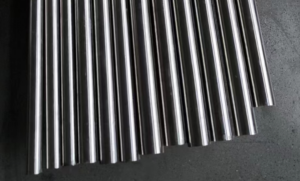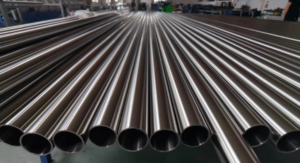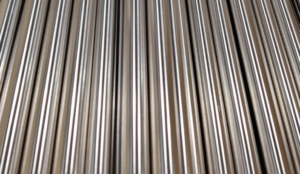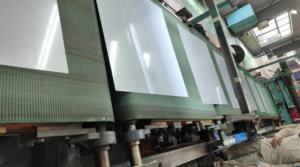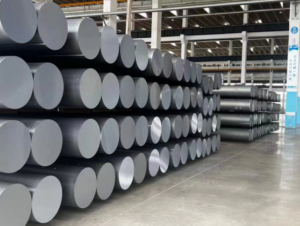High-Speed Steel Supplier - sino-specialmetal
What is High-Speed Steel?
High-Speed Steel (HSS) is a special alloyed tool steel. It has excellent hardness, wear resistance and high temperature stability. It is mainly used in high-speed cutting and machining applications. It typically contains alloying elements such as carbon, tungsten, molybdenum, vanadium and chromium to improve its hardness, thermal stability and wear resistance.
M2, M35 and M42 are typical representatives of high-speed steels, which are widely used in the fields of machining, metal processing and mould making.
sino-specialmetal is a professional high-speed steel supplier. With efficient R&D team as well as customer service staff, it is your one-stop special steel solution provider.
What High-Speed Steel Grades Do You Supply?
Sino-specialmetal is a professional high-speed steel supplier and manufacturer, each high-speed steel has unique characteristics and applications. Below are the main grades we offer, highlighting their main properties, brief description, chemical composition and applications:
| Form | High-Speed Steel Grade | Specifications | Typical Applications | Execution Standard |
|---|---|---|---|---|
| Round Bars | M2, M35, M42 | Diameter: Ø 6mm – Ø 300mm Length: Customizable | Cutting tools (drills, end mills, reamers), shafts, gears | ASTM A600, ISO 4957 |
| Flat Bars | M2, M35, M42 | Thickness: 6mm – 200mm Width: 20mm – 600mm | Planer blades, cutting knives, machine components | ASTM A600, ISO 4957 |
| Sheets | M2, M35, M42 | Thickness: 1mm – 50mm Width/Length: Variable | Punches, dies, cutting inserts, wear-resistant components | ASTM A600, ISO 4957 |
| Tubes/Pipes | M2, M35, M42 | OD and wall thickness vary | Tooling, heat exchangers, hydraulic systems | ASTM A600, ISO 4957 |
| Custom Profiles | M2, M35, M42 | Custom shapes and profiles according to drawings | Specialized cutting tools, dies, machine components | ASTM A600, ISO 4957 |
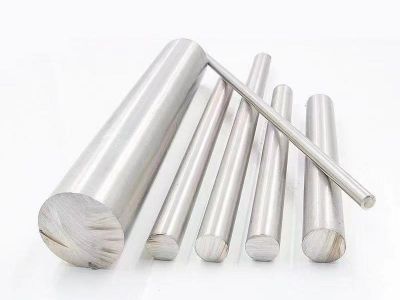
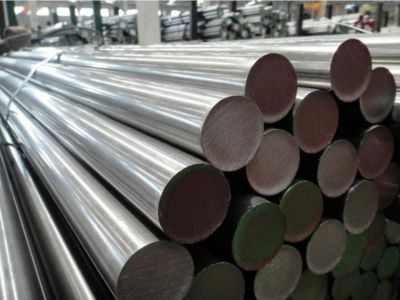
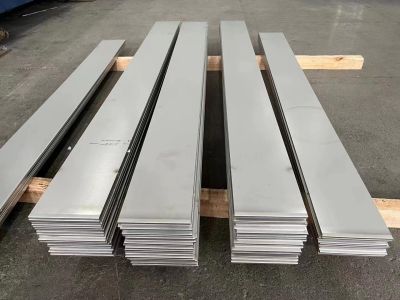
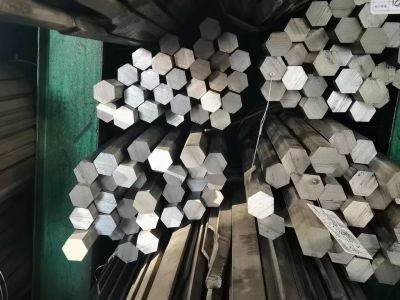
M2 High-Speed Steel:
M2 high-speed steel is renowned for its exceptional hardness, wear resistance, and toughness. It’s widely used for making cutting tools like drills and end mills, offering excellent performance in high-speed machining operations.
- Chemical Composition:
- Carbon (C): 0.78-0.88%
- Molybdenum (Mo): 4.50-5.50%
- Tungsten (W): 5.50-6.75%
- Chromium (Cr): 3.75-4.50%
- Key Features: M2 high-speed steel is known for its high hardness, excellent wear resistance, and good toughness. It retains its hardness at elevated temperatures, making it suitable for high-speed cutting applications.
- Typical Applications: M2 high-speed steel steel is widely used for manufacturing cutting tools such as drills, end mills, taps, and reamers. It is also employed in woodworking tools, broaches, and punches.
M35 High-Speed Steel:
M35 high-speed steel is distinguished by its superior red hardness and wear resistance, attributed to its cobalt content. Ideal for cutting tools, it excels in high-temperature machining of tough materials like stainless steel and titanium alloys.
- Chemical Composition:
- Carbon (C): 0.85-0.95%
- Cobalt (Co): 4.50-5.50%
- Molybdenum (Mo): 4.50-5.50%
- Tungsten (W): 5.50-6.75%
- Key Features: M35 steel contains a significant amount of cobalt, which improves its red hardness and wear resistance. It offers excellent heat resistance and toughness, making it suitable for high-speed cutting of tough materials.
- Typical Applications: M35 steel is commonly used for manufacturing drills, taps, milling cutters, and saw blades. It is preferred for applications involving high-temperature cutting and machining of stainless steels, titanium alloys, and other hard-to-machine materials.
M42 High-Speed Steel:
M42 high-speed steel is renowned for its exceptional hardness, wear resistance, and red hardness, thanks to its high cobalt content. Widely used in cutting tools, it excels in high-speed machining of hard materials like stainless steel and cast iron.
- Chemical Composition:
- Carbon (C): 1.05-1.15%
- Cobalt (Co): 7.50-8.50%
- Molybdenum (Mo): 0.95-1.35%
- Tungsten (W): 1.15-1.85%
- Key Features: M42 steel contains a high cobalt content, which enhances its red hardness and wear resistance at high temperatures. It exhibits exceptional cutting performance and edge retention.
- Typical Applications: M42 steel is widely used for manufacturing high-performance cutting tools such as drills, taps, and milling cutters for demanding machining applications. It is particularly suitable for high-speed machining of hard and abrasive materials like stainless steel, nickel alloys, and cast iron.
Looking Forward to Becoming One of Your High-Speed Steel Suppliers in China
Applications of High-Speed Steel:
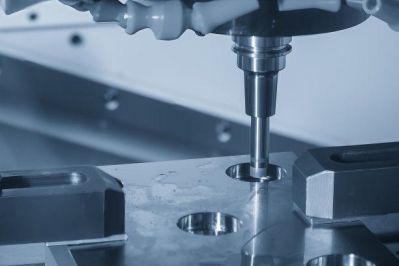
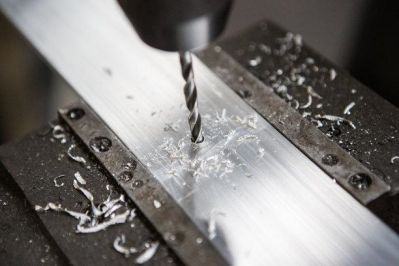
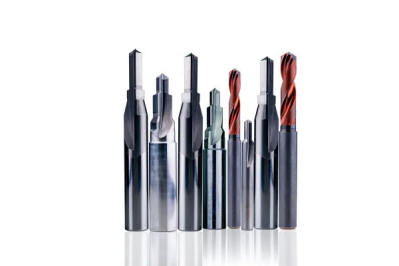
Metal Cutting Tools:
- Highlighted Grade: M2 High-Speed Steel
- Applications: Drills, end mills, taps, reamers, and broaches used in machining operations across various industries such as automotive, aerospace, and manufacturing.
Woodworking Tools:
- Highlighted Grade: M2 High-Speed Steel
- Applications: Saw blades, planer knives, router bits, and chisels utilized in woodworking applications for cutting and shaping wood and composite materials.
Cold Working Tools:
- Highlighted Grade: M42 High-Speed Steel
- Applications: Punches, dies, and shear blades used in stamping, blanking, and forming operations in metal fabrication and automotive industries.
Thermal Processing Tools:
- Highlighted Grade: M35 High-Speed Steel
- Applications: Cutting tools for thermal processing applications such as milling and turning of heat-resistant alloys, superalloys, and high-temperature materials.
Medical and Dental Tools:
- Highlighted Grade: M2 High-Speed Steel
- Applications: Surgical drills, dental burs, and other precision cutting tools used in medical and dental procedures for bone cutting and shaping.
Tool and Die Making:
- Highlighted Grade: M42 High-Speed Steel
- Applications: Production of molds, dies, and tooling components for plastic injection molding, die casting, and metal stamping processes.
High-Speed Machining:
- Highlighted Grade: M35 High-Speed Steel
- Applications: High-speed machining of aerospace components, automotive parts, and precision engineering components requiring superior surface finish and dimensional accuracy.
High-speed steel’s versatility, combined with its excellent combination of hardness, wear resistance, and toughness, makes it indispensable across a wide range of industries and applications requiring cutting, shaping, and forming of various materials
Conclusion
High-speed steel, celebrated for its exceptional hardness and wear resistance, is an essential material in precision machining. Its unmatched properties and versatility guarantee reliable performance in demanding applications, making it the preferred choice for producing cutting tools and machine components.
Thank you for your interest in our high-speed steel offerings. If you’re seeking reliable high-speed steel suppliers and manufacturers, we invite you to explore our official website for detailed product information tailored to your requirements.
As a trusted high-speed steel supplier based in Shanghai, China, we are dedicated to delivering top-notch products, including renowned grades like M2, M35, and M42. Our commitment to customer satisfaction ensures not only superior product quality but also competitive pricing. Choose us for reliability and excellence in high-speed steel supply.
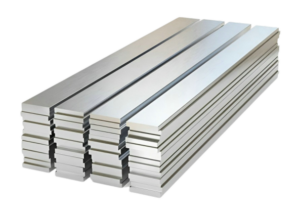
Looking Forward to Becoming One of Your High-Speed Steel Suppliers in China
FAQs About High-Speed Steel
High-speed steel (HSS) is a type of tool steel engineered for high-speed machining operations. It contains alloying elements such as tungsten, molybdenum, vanadium, and chromium, which contribute to its exceptional hardness, wear resistance, and ability to maintain cutting edges at elevated temperatures. HSS is widely used in the production of cutting tools like drills, end mills, and taps, as well as in various applications requiring high-performance machining.
High-speed steel typically exhibits a hardness ranging from 60 to 67 HRC (Rockwell Hardness Scale). This level of hardness ensures that HSS tools maintain sharp cutting edges and withstands the stresses of high-speed machining operations without undergoing plastic deformation or loss of cutting performance.
High-speed steel is manufactured through a process called powder metallurgy. The process involves blending and compacting powdered metal alloys containing elements like tungsten, molybdenum, vanadium, and chromium. The compacted powder is then subjected to high temperatures and pressure in a sintering furnace, where it undergoes solid-state diffusion bonding to form a dense, homogeneous material. The resulting high-speed steel is then heat-treated to achieve the desired hardness, toughness, and other mechanical properties.
High-speed steel can be cut using conventional machining techniques such as milling, turning, drilling, and grinding. Carbide tools with appropriate geometry and cutting parameters are typically used for machining HSS. Coolant or lubricant may be applied during machining to dissipate heat and prolong tool life. Additionally, high-speed steel can also be cut using electrical discharge machining (EDM) for intricate shapes and profiles.
Yes, high-speed steel is generally magnetic. The presence of alloying elements such as iron, tungsten, and cobalt in HSS makes it magnetic. However, the magnetic properties may vary depending on the specific composition and heat treatment of the high-speed steel.
Yes, high-speed steel can be welded using suitable welding processes such as gas tungsten arc welding (GTAW or TIG), shielded metal arc welding (SMAW or stick), and plasma arc welding (PAW). However, welding high-speed steel requires careful control of the welding parameters, preheating, and post-weld heat treatment to minimize the risk of cracking and preserve the material’s mechanical properties. Additionally, specialized welding consumables and techniques may be employed for optimal results.
How to choose a High-Speed Steel supplier?
When selecting a High-Speed Steel supplier, several factors are crucial. Here’s a concise guide:
Quality Assurance: Ensure suppliers adhere to stringent quality standards for High-Speed Steel products.
Variety of Grades: Opt for suppliers offering a diverse range of HSS grades to meet specific machining requirements.
Experience and Reputation: Choose suppliers with a proven track record and positive reputation in the industry.
Customization Options: Look for suppliers capable of providing customized solutions tailored to your needs.
Reliability of Supply: Select suppliers with reliable and efficient supply chains to ensure timely delivery.
Technical Support: Prioritize suppliers offering technical expertise and support to address machining challenges.
Competitive Pricing: Balance cost with quality, seeking suppliers offering competitive pricing without compromising on standards.
Logistics Efficiency: Assess suppliers’ logistics capabilities to ensure smooth and timely delivery of orders.
Customer Service: Choose suppliers known for excellent customer service and responsiveness to inquiries and concerns.
Long-term Partnership: Aim to build a long-term partnership with suppliers committed to mutual growth and success.
Considering these factors will help you choose the right High-Speed Steel supplier for your machining needs.
Our certificates and package
1-1.jpg)
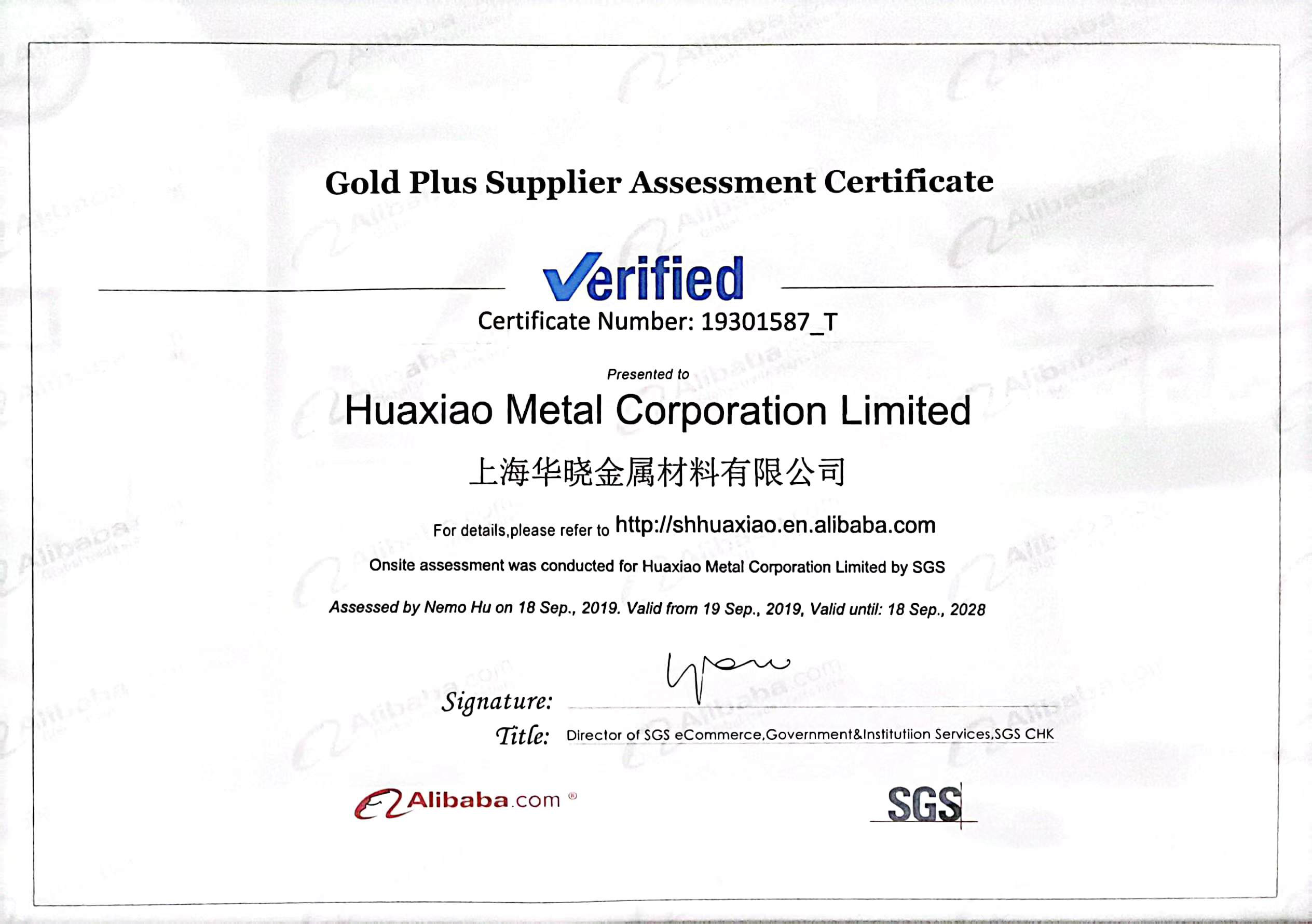
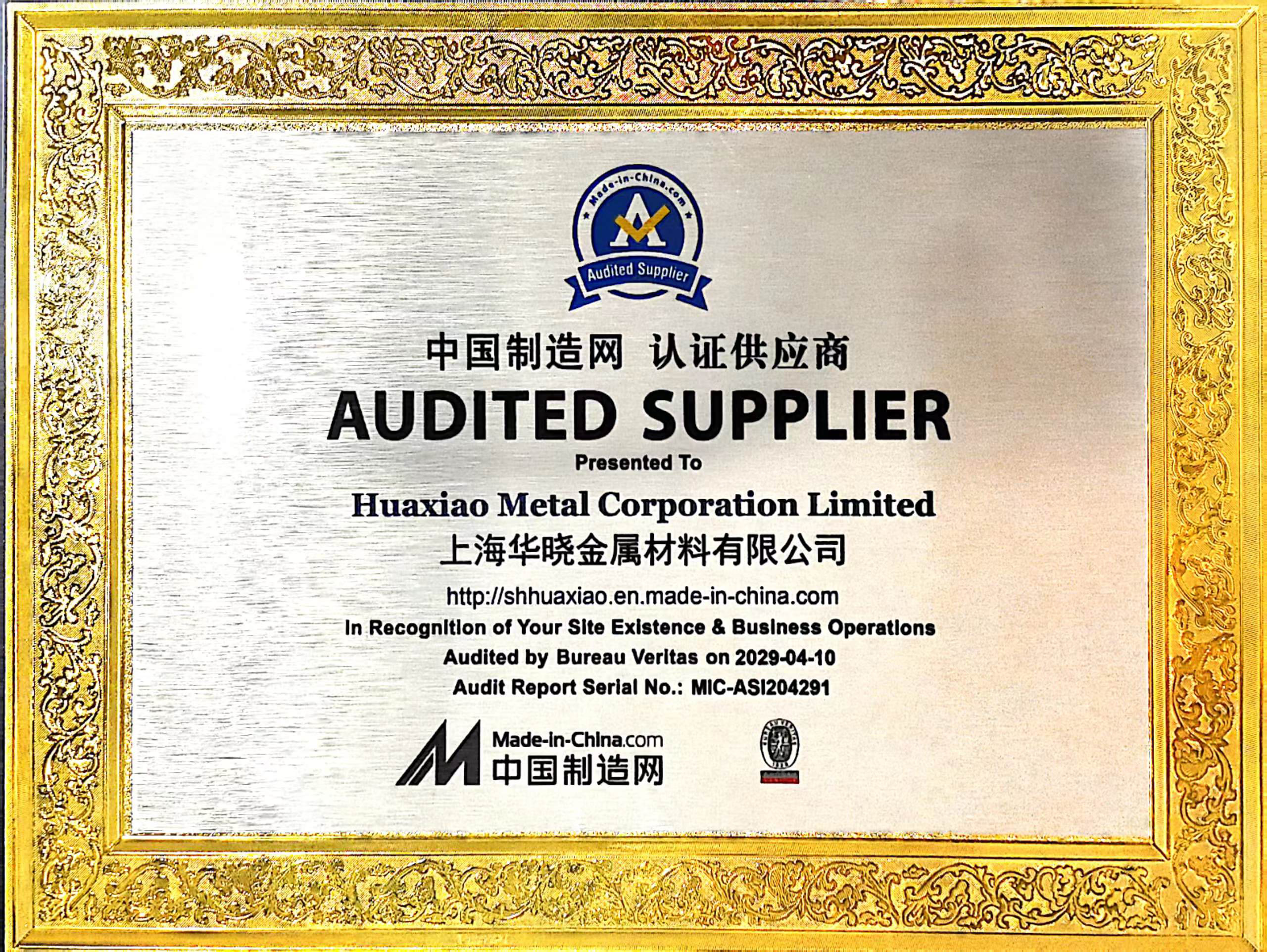
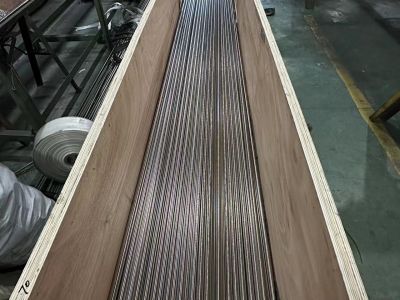
Recent Post
Looking Forward to Becoming One of Your High-Speed Steel Suppliers in China


